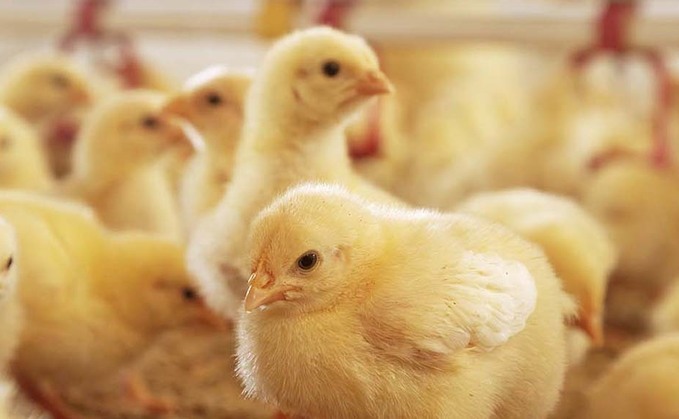
Coccidiosis remains one of the most economically significant diseases in poultry production, estimated to cost the UK industry in excess of £99 million per year. Katie Pitman, veterinary technical manager...

Coccidiosis remains one of the most economically significant diseases in poultry production, estimated to cost the UK industry in excess of £99 million per year. Katie Pitman, veterinary technical manager...